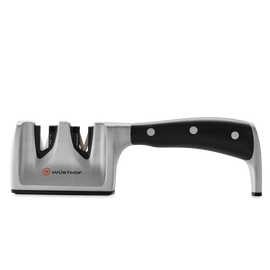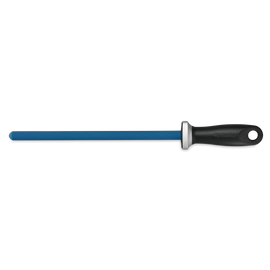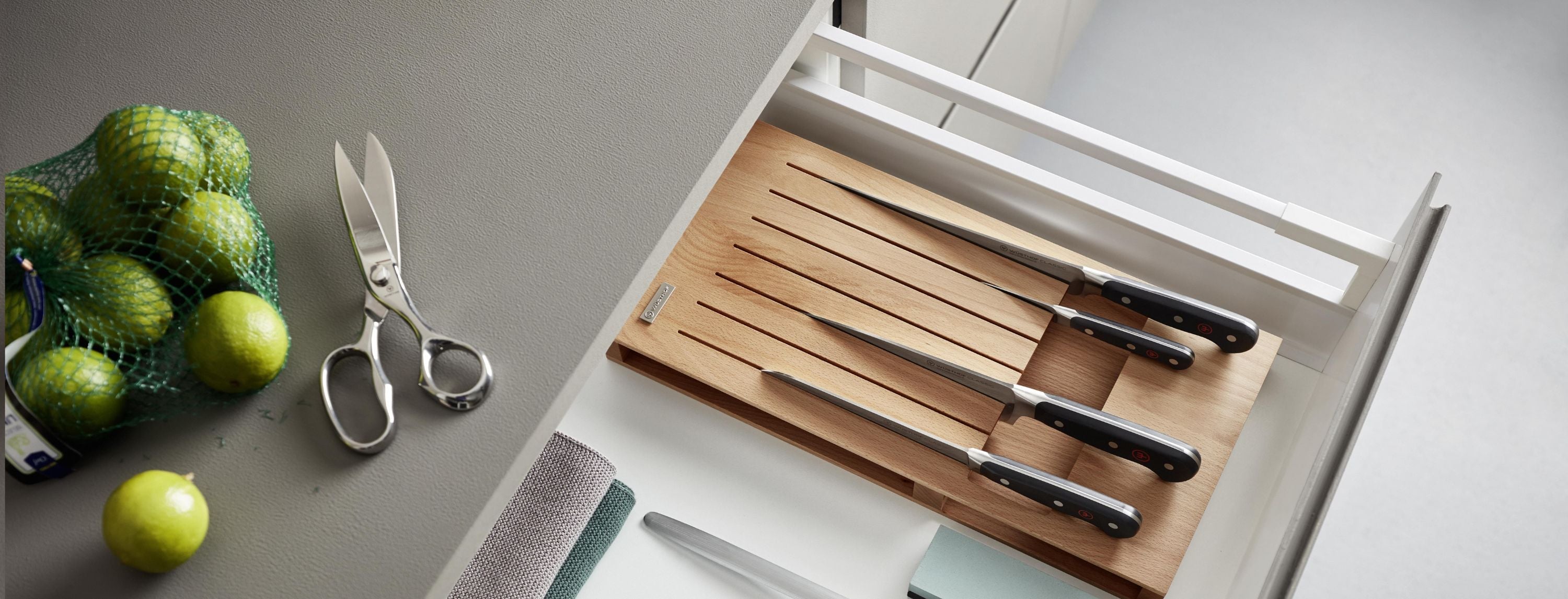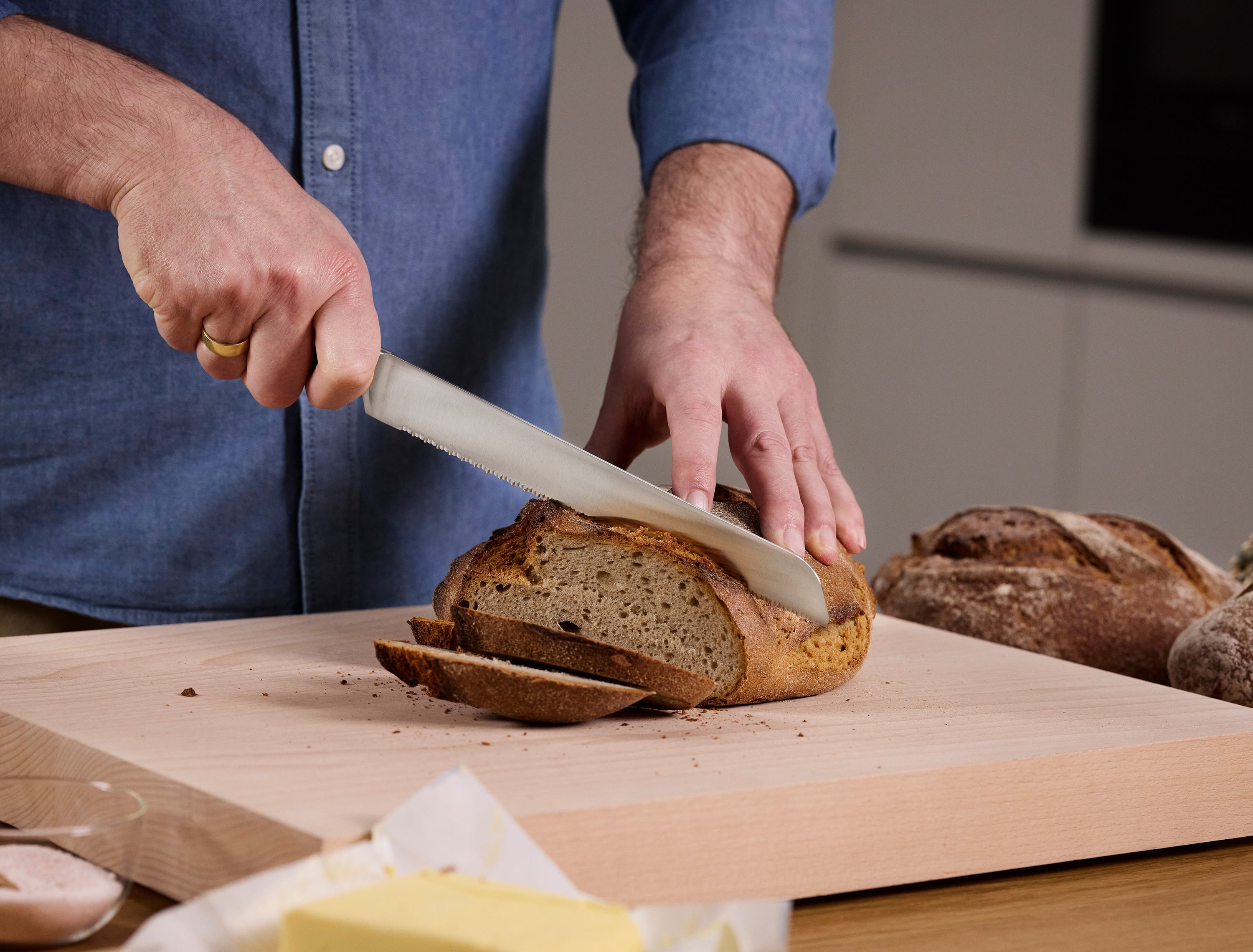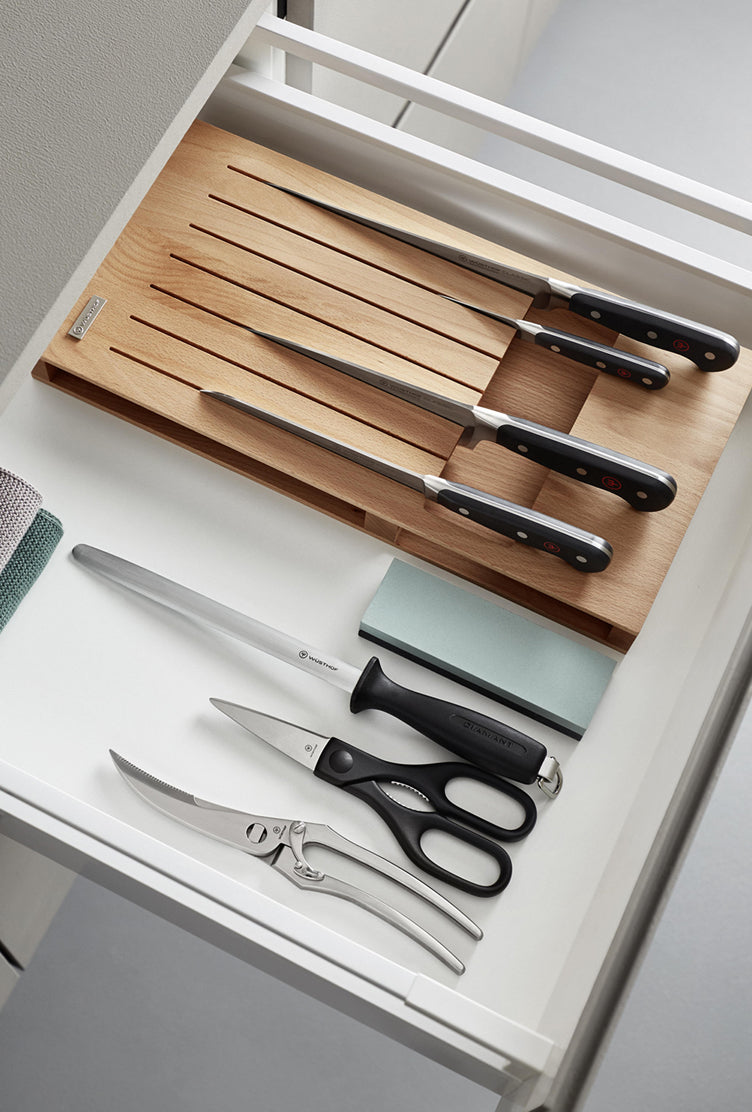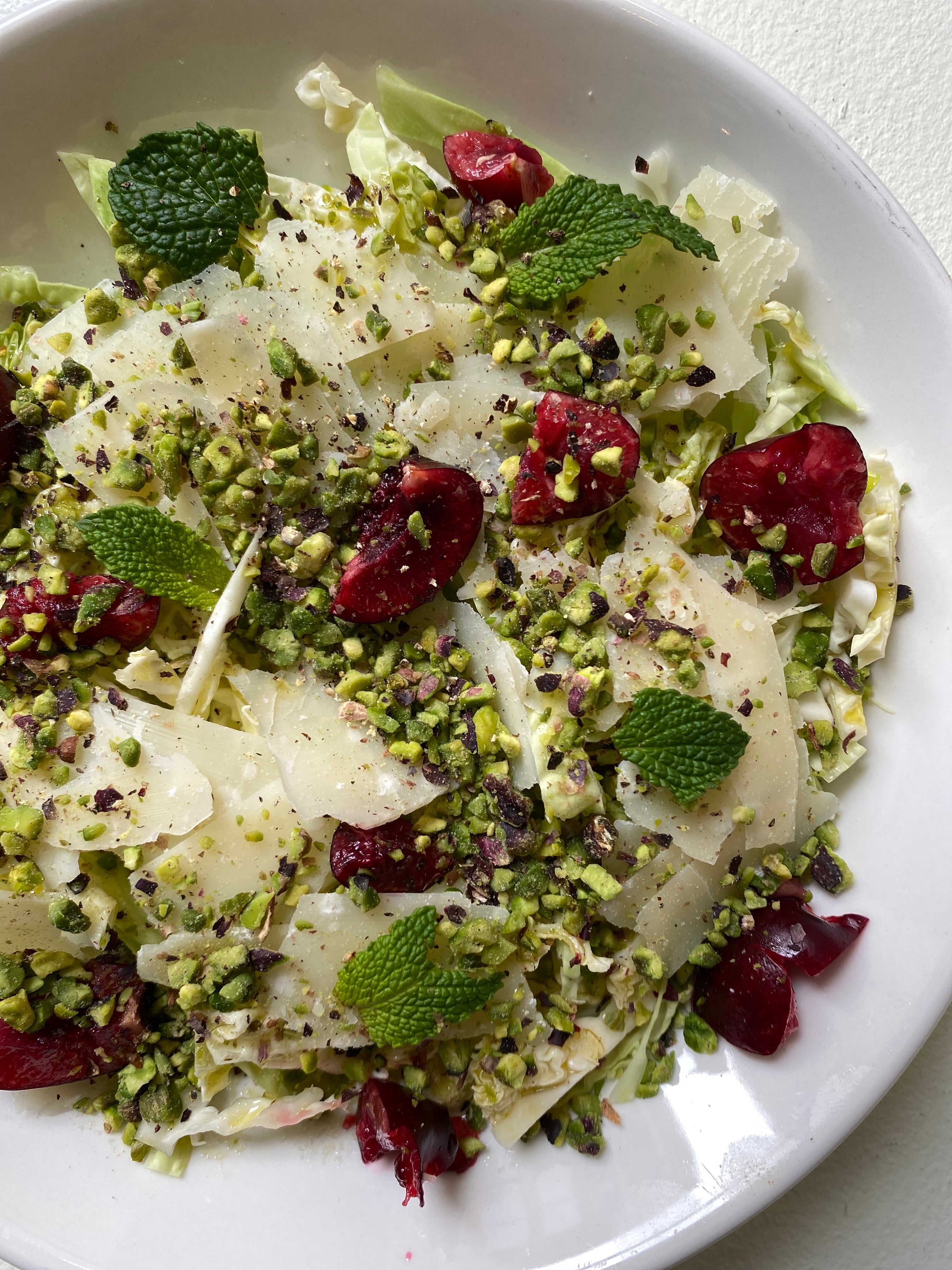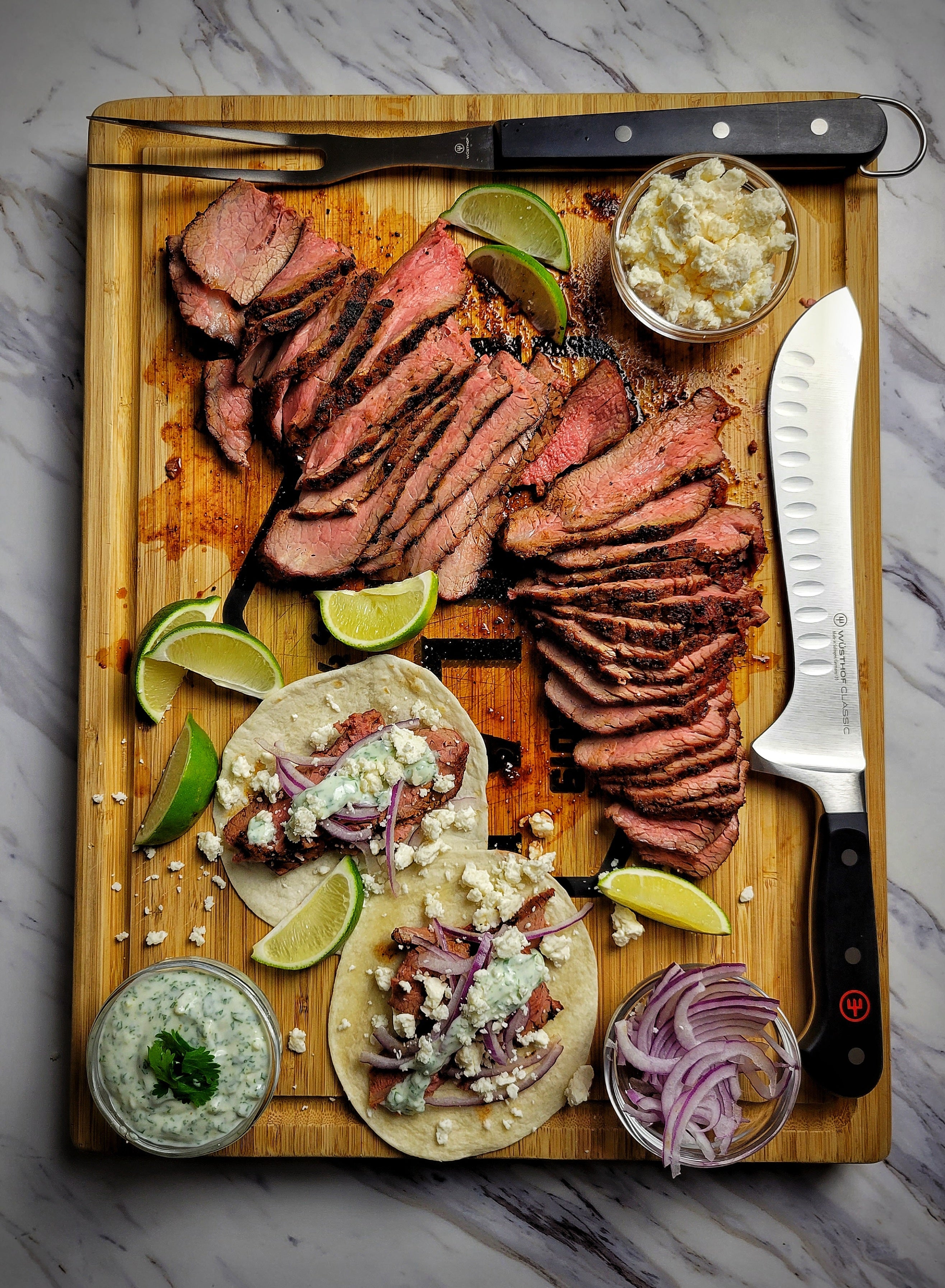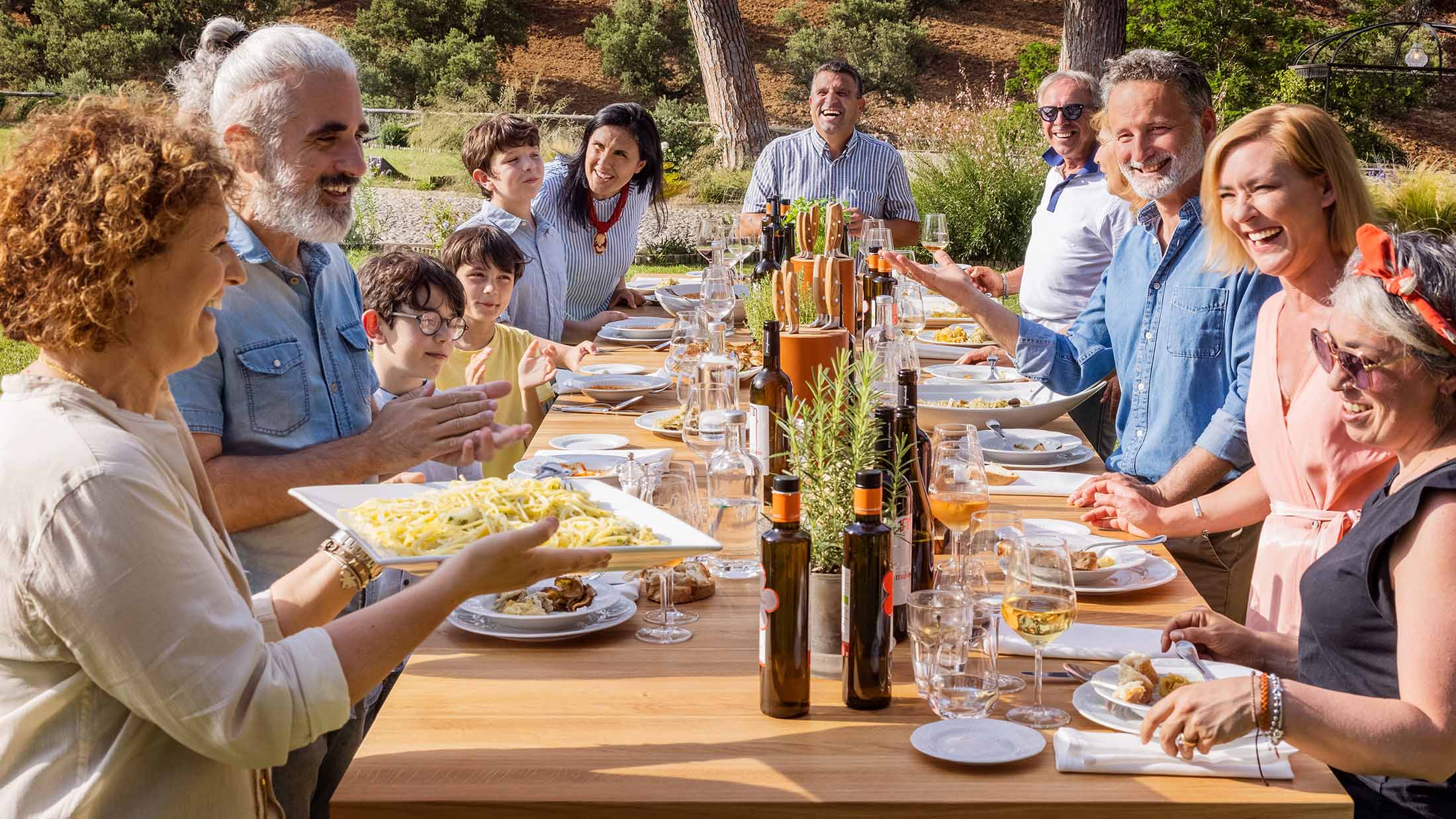Recent Posts
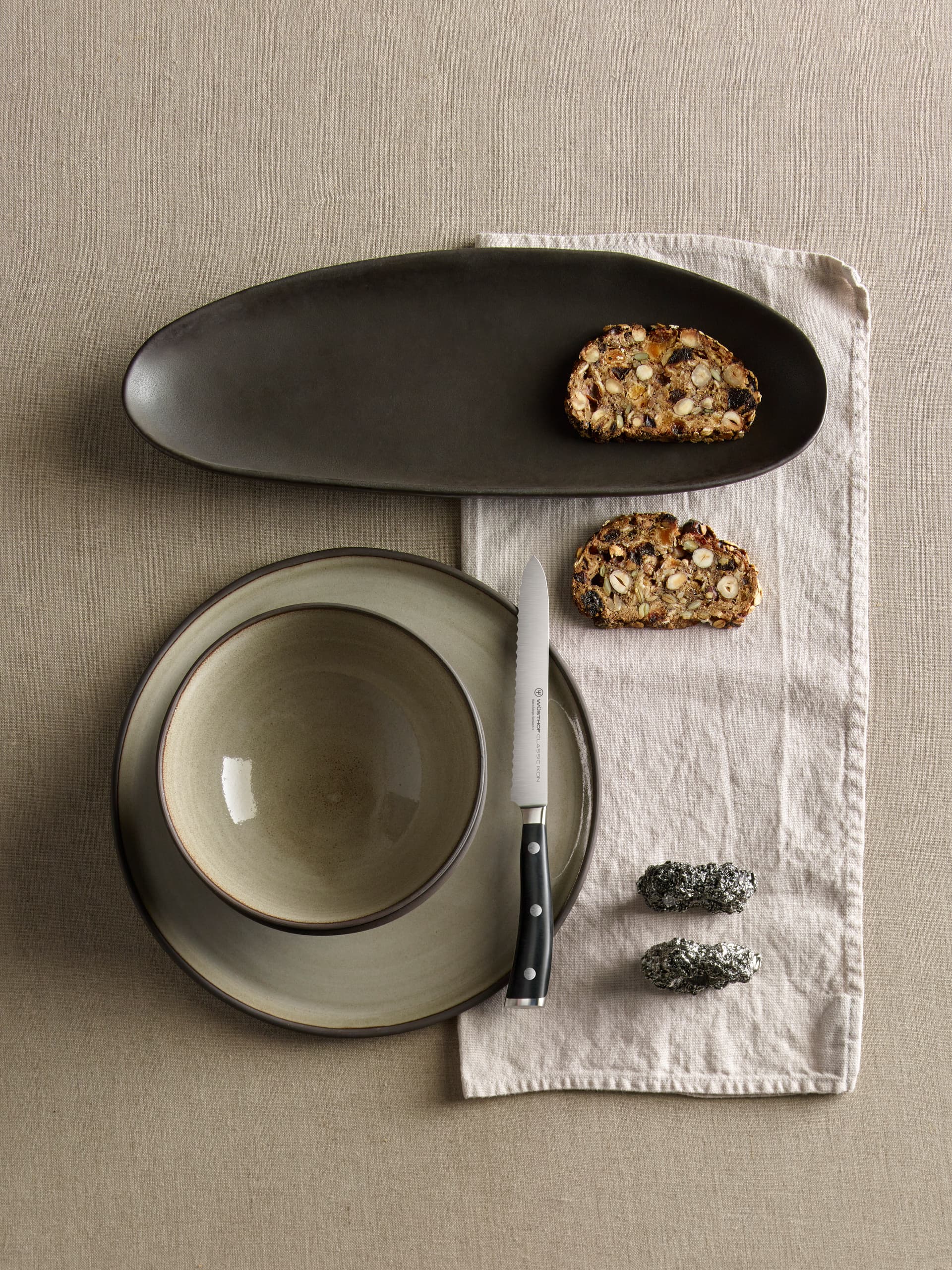
Knife Knowledge
What is a Serrated Utility Knife and What is it Used For?
Meet the perfect knife for preparing your packed lunch! Thanks to its fine, serrated edge, the WÜSTHOF Serrated Utility Knife cuts cleanly through sandwich rolls, baguettes, cured sausages, cheeses, leftover roasted meats, tomatoes, and smaller fruits and vegetables without pulling, crushing, or tearing.
Knife Knowledge
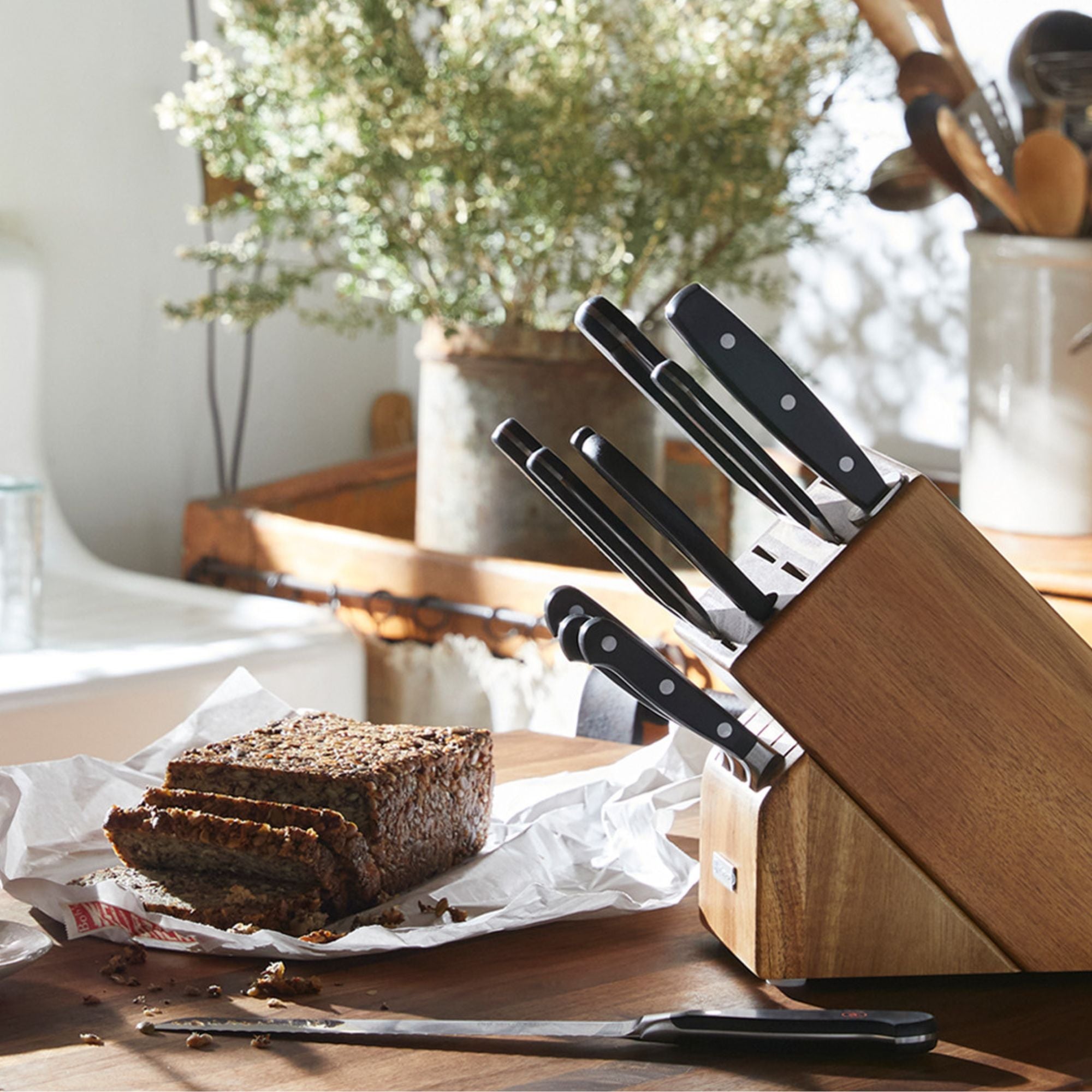
Knife Knowledge
The Top Three Knives Every Kitchen Needs
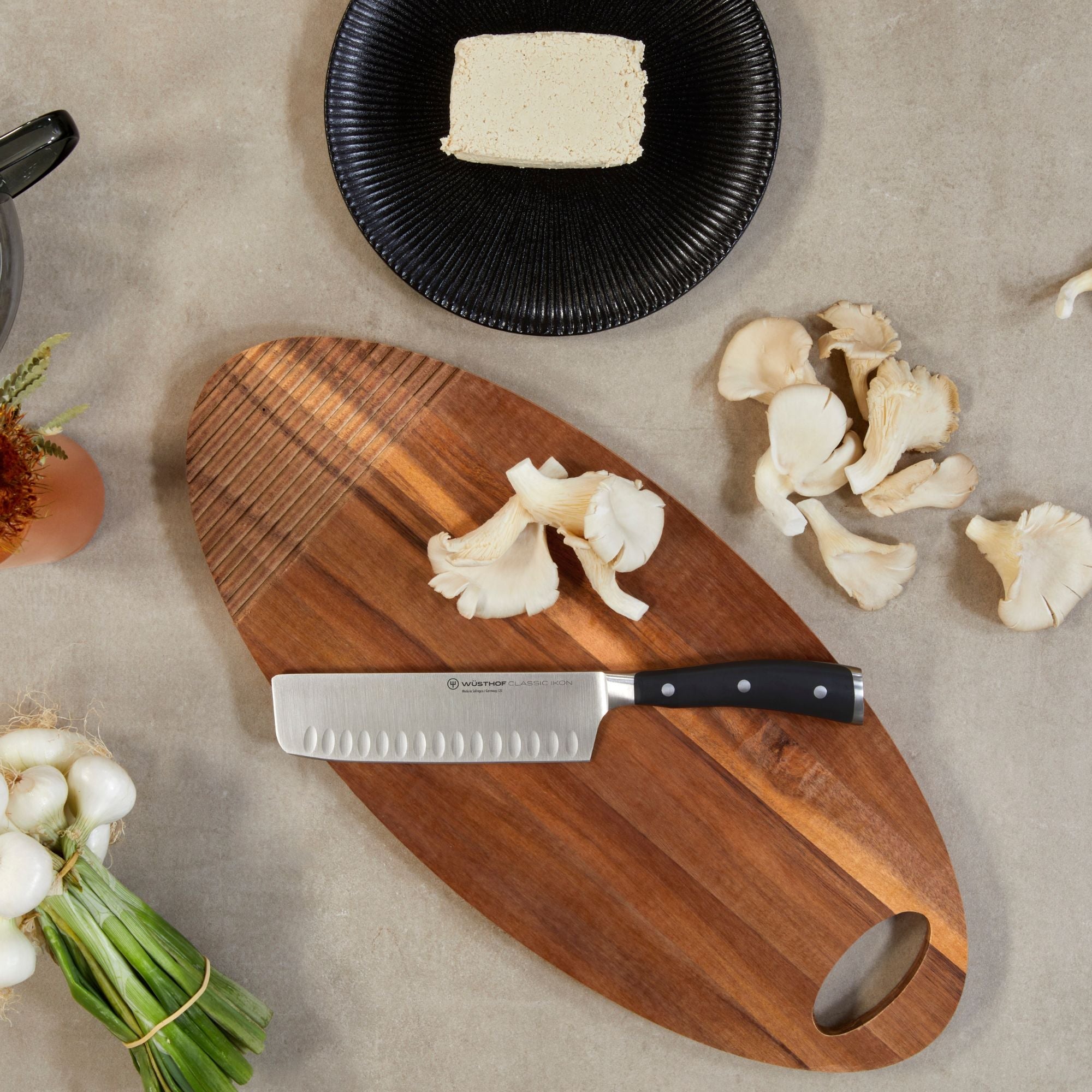
Knife Knowledge
Asian Style Knives 101
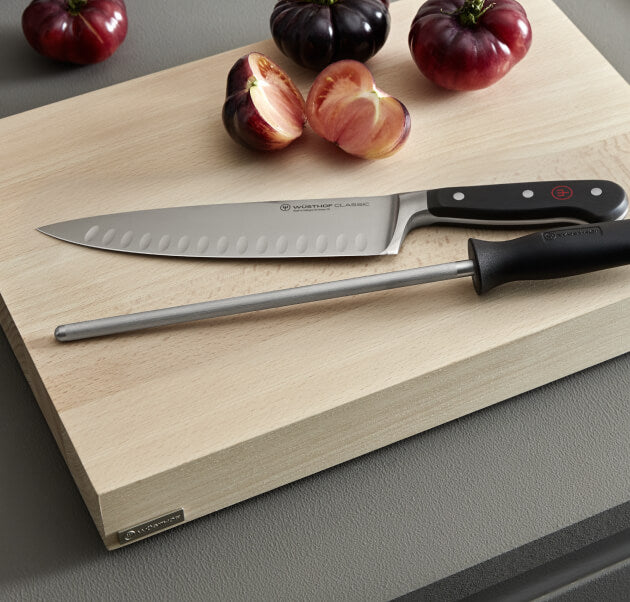
Knife Knowledge
How to Sharpen Your WÜSTHOF Knives
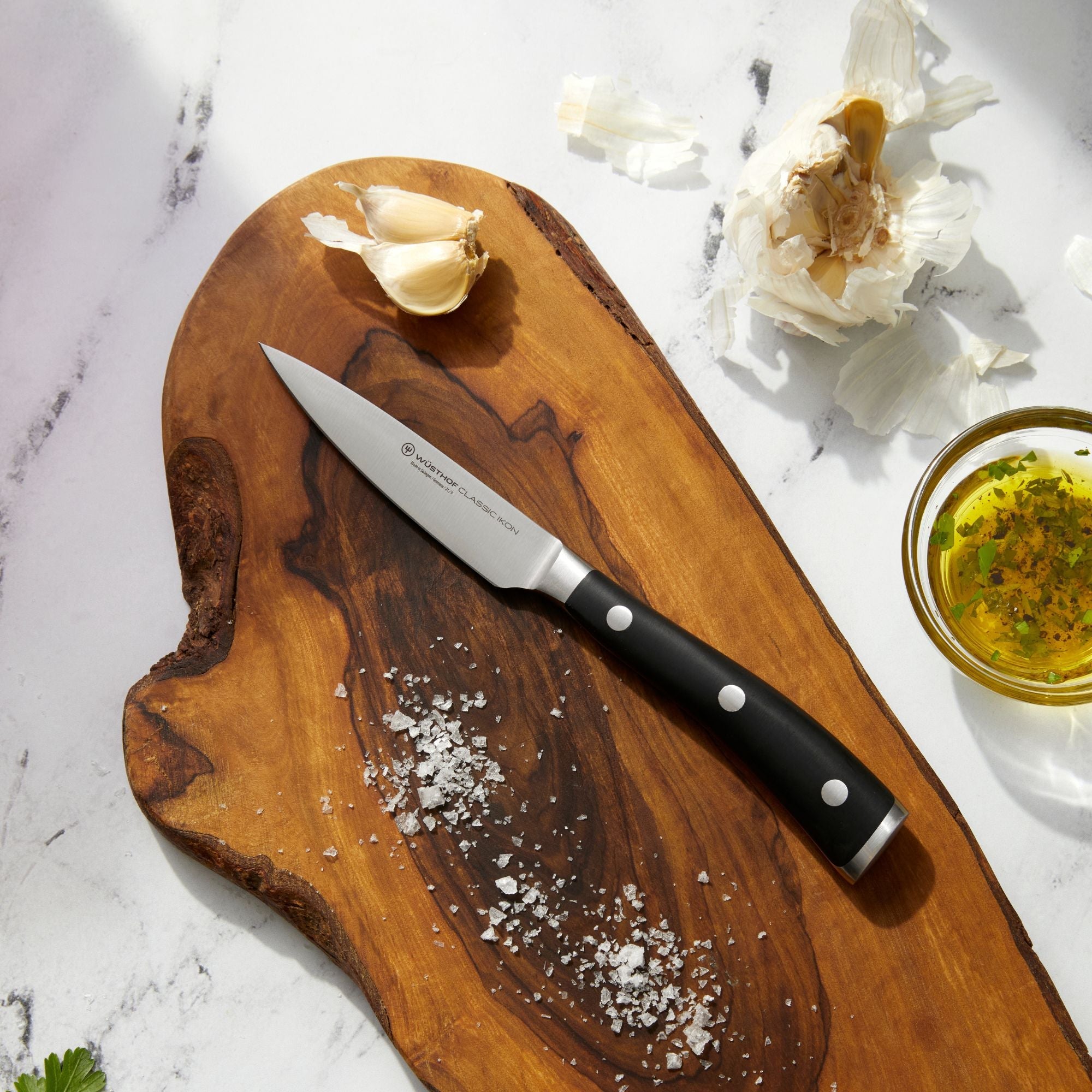
Knife Knowledge
What Paring Knife Should I Use?
Food & Drink

Food & Drink
Fall Simmer Pot
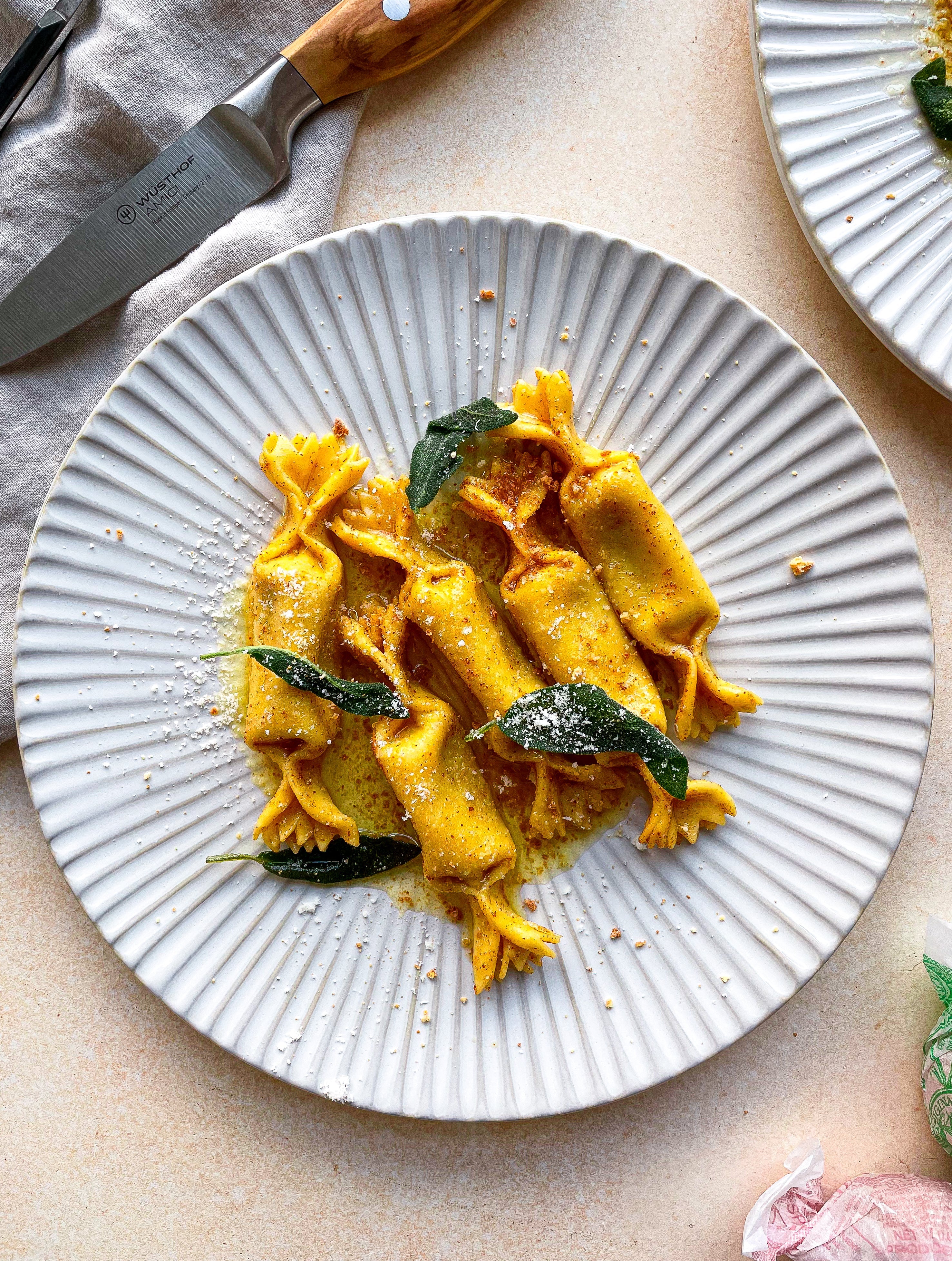
Food & Drink
Pumpkin & Amaretti Caramelle
Inspiration
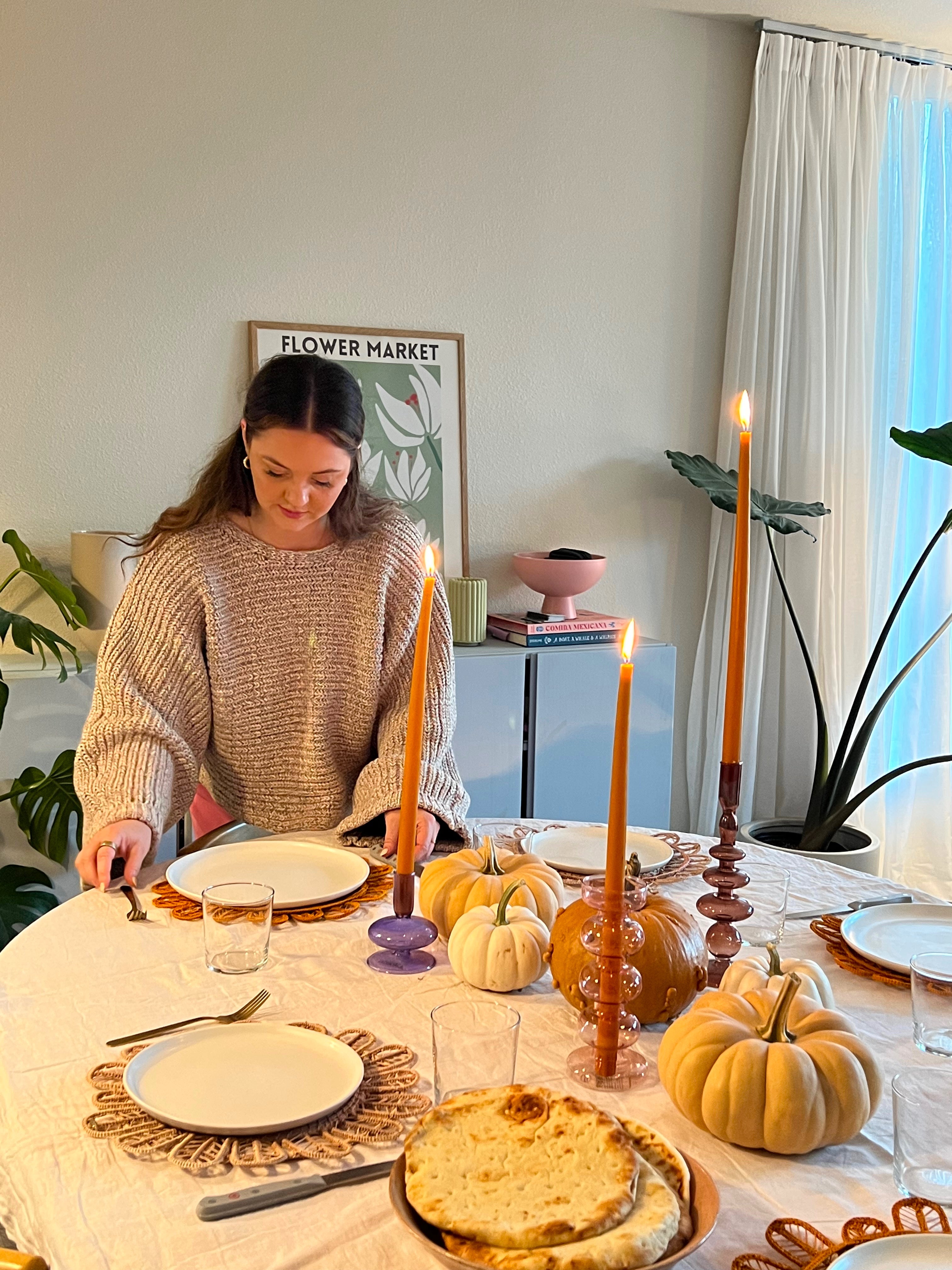
Inspiration
Top Tips for Dining With Friends

Inspiration
Shopping, the Calabrian Way
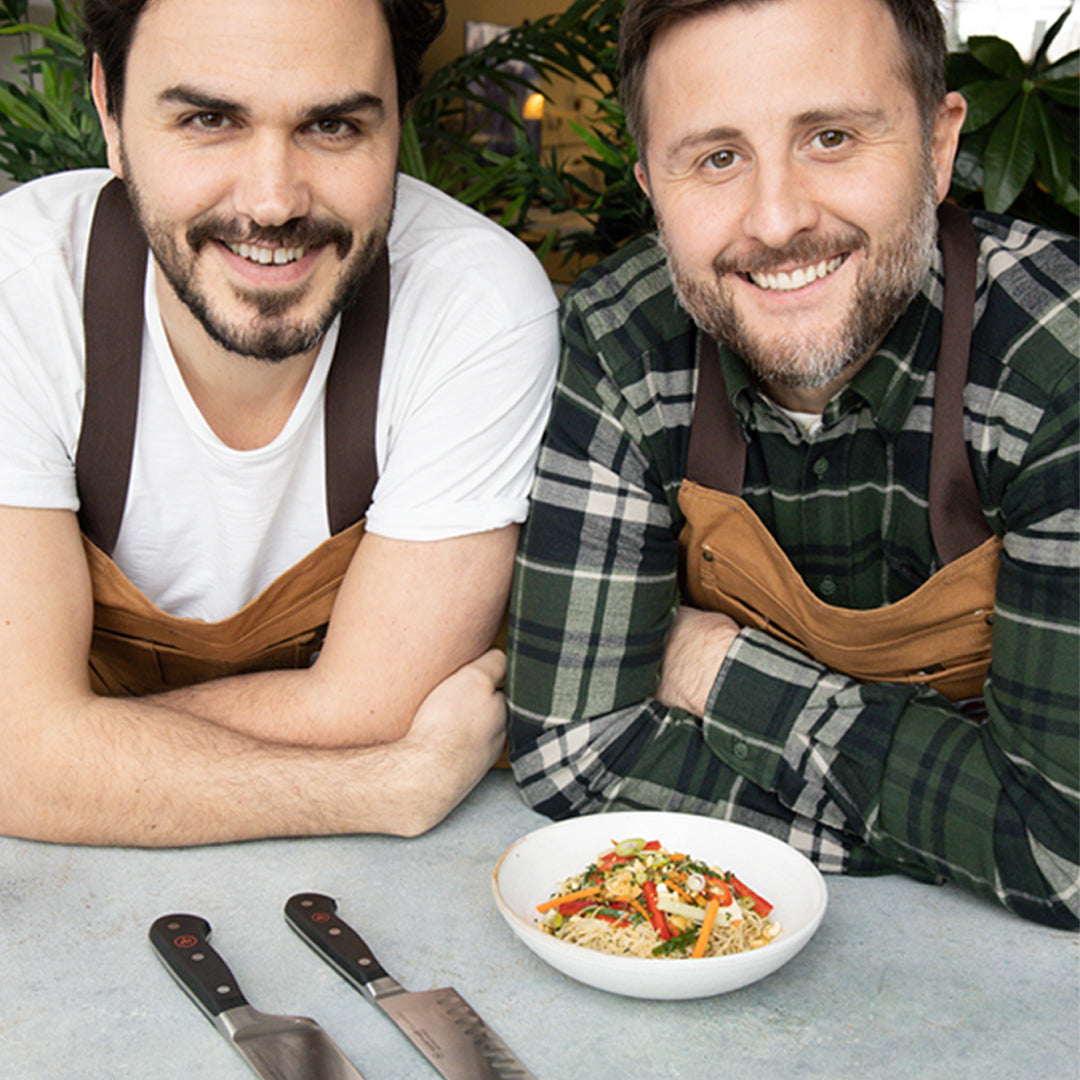
Inspiration
Mise en Place with BOSH!

Inspiration
Mise en Place with Chef Elle Simone Scott
Legacy
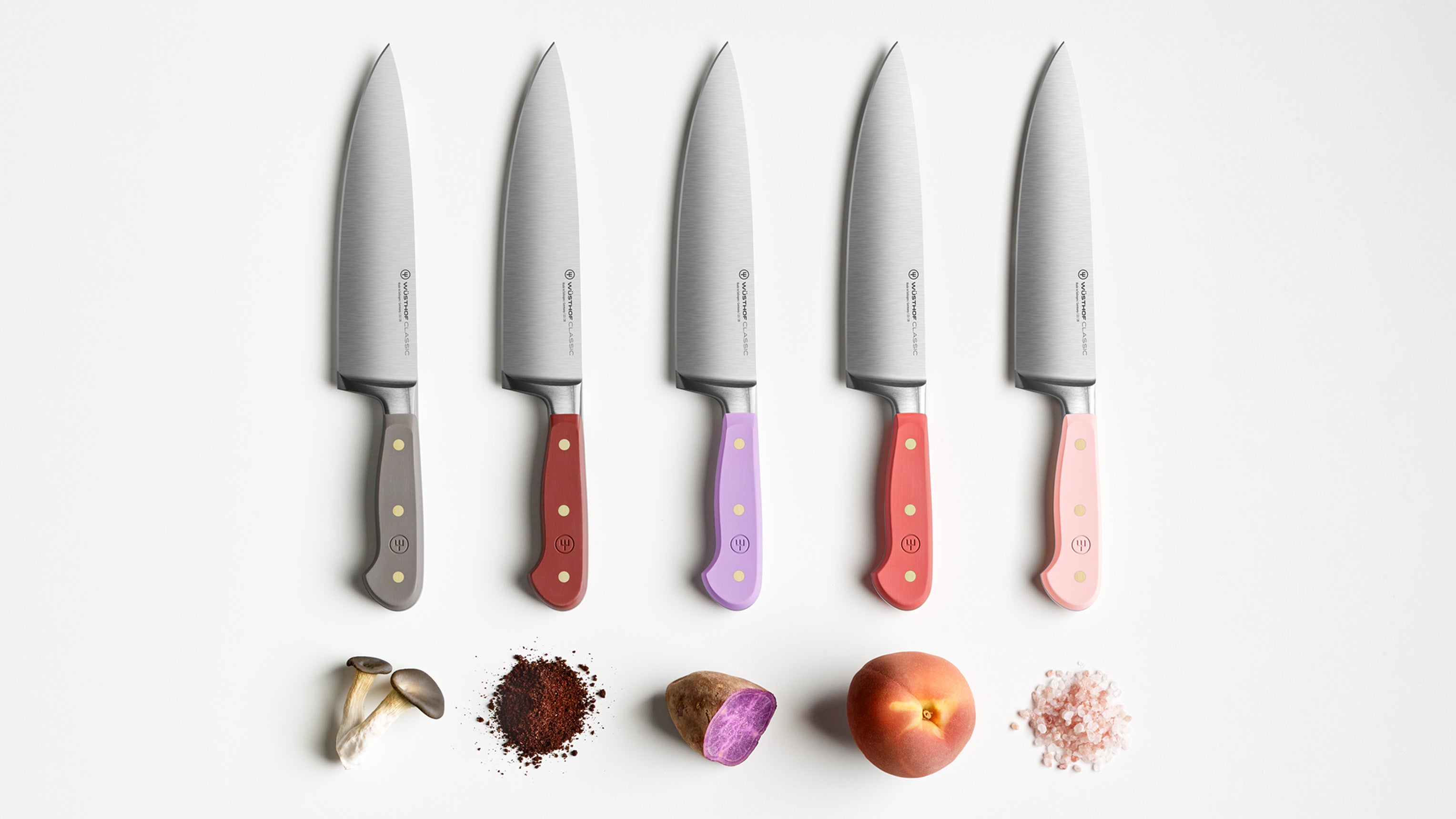
Legacy
Meet The WÜSTHOF Classic Colors
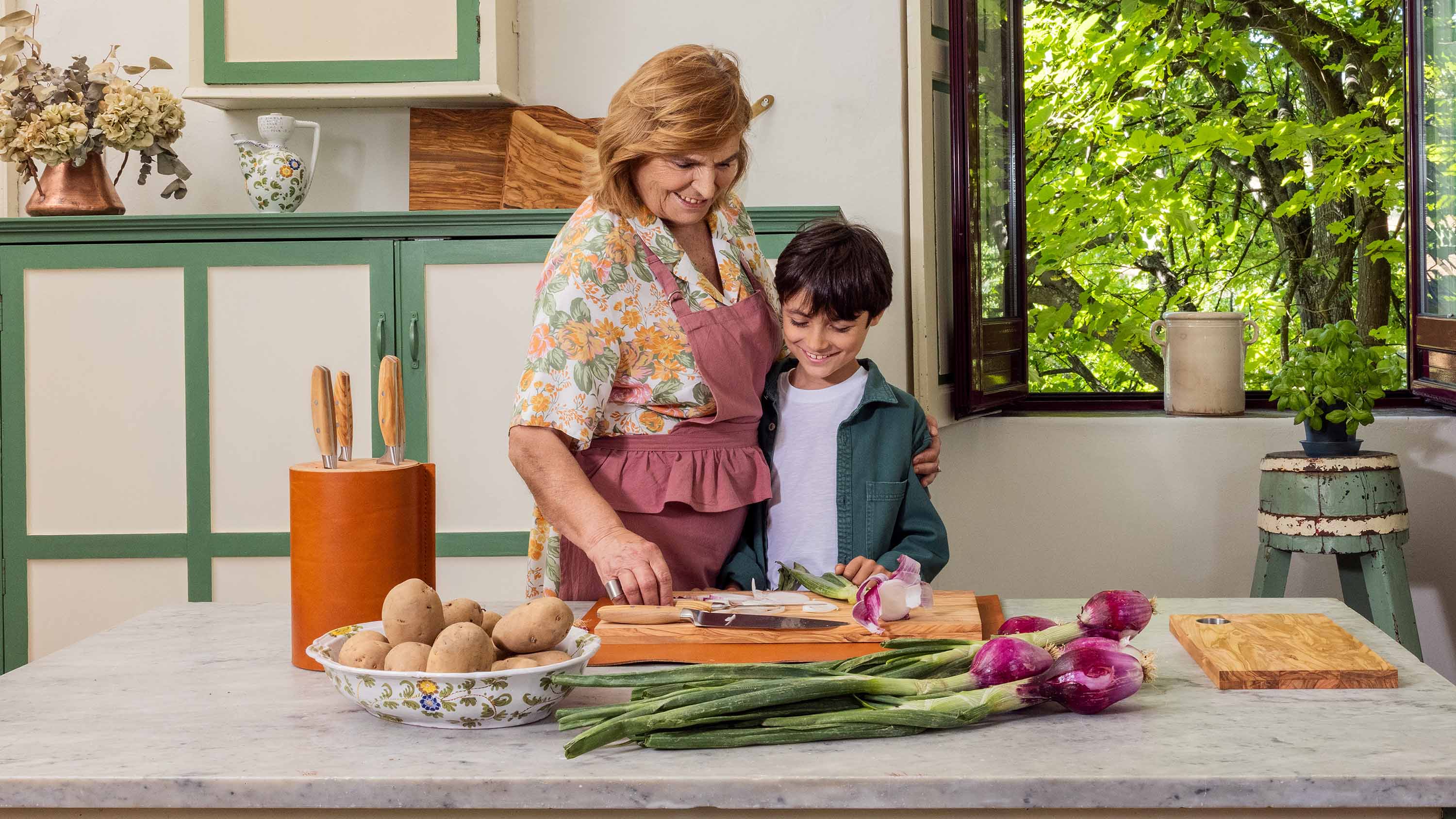
Legacy
Making Memories with Family

Legacy
The Faces of Classic Color

